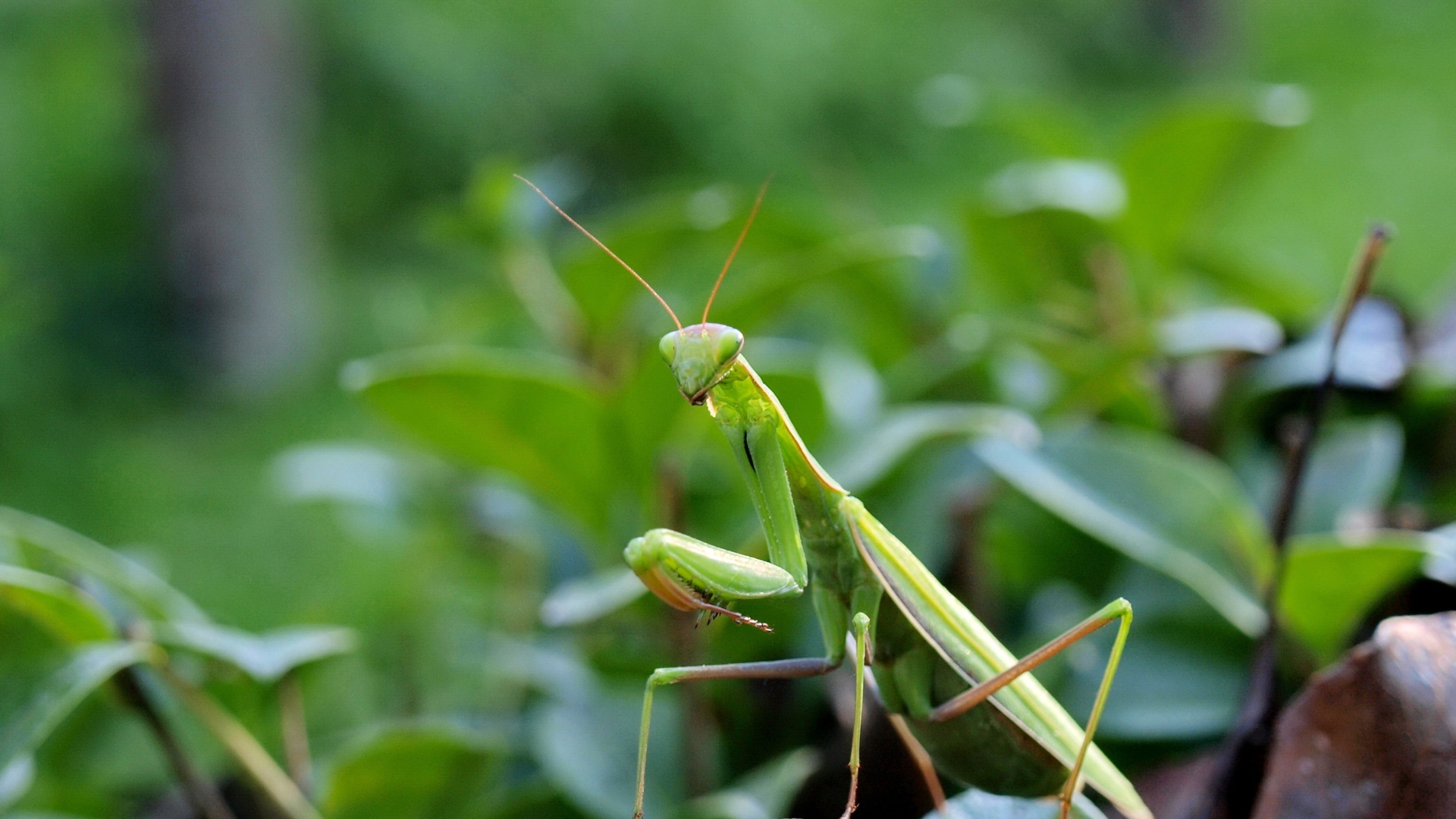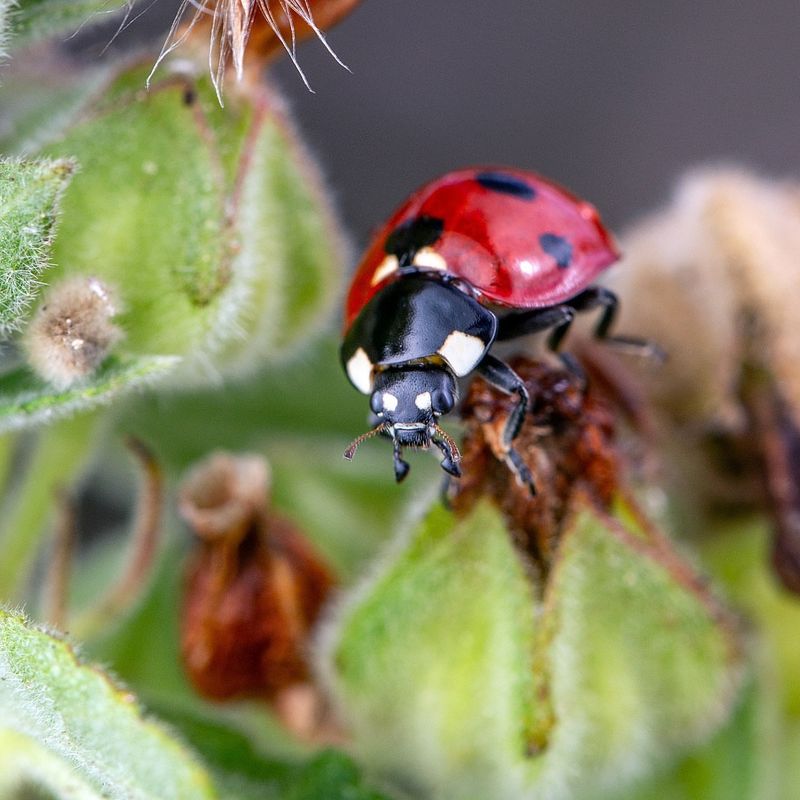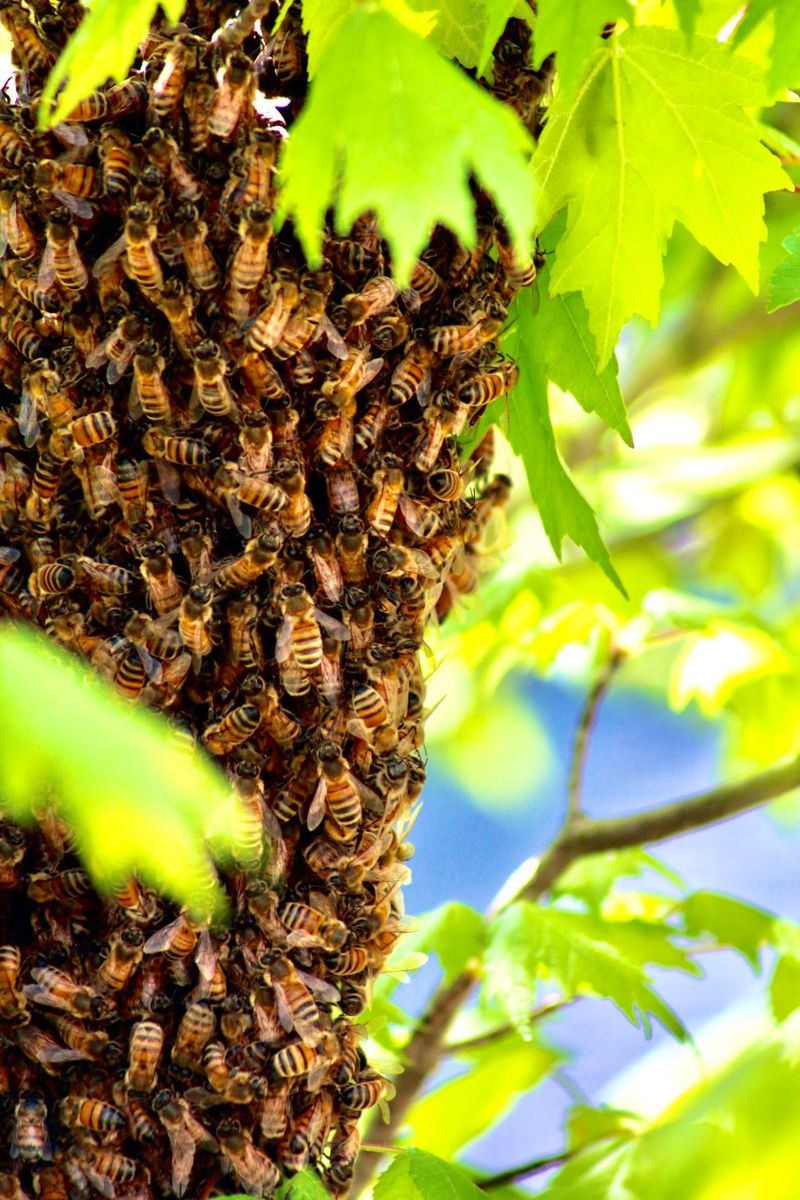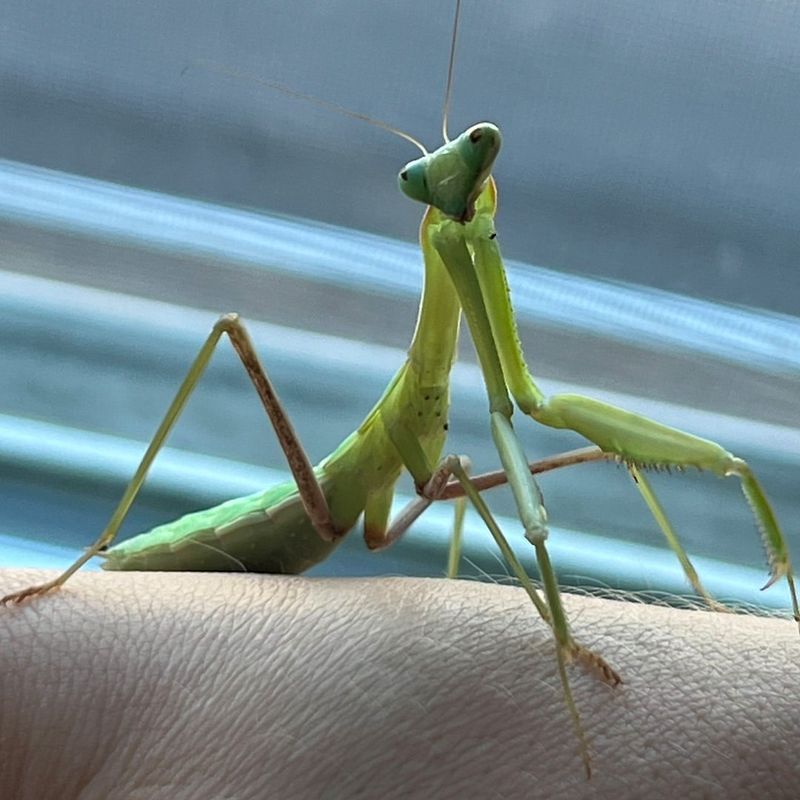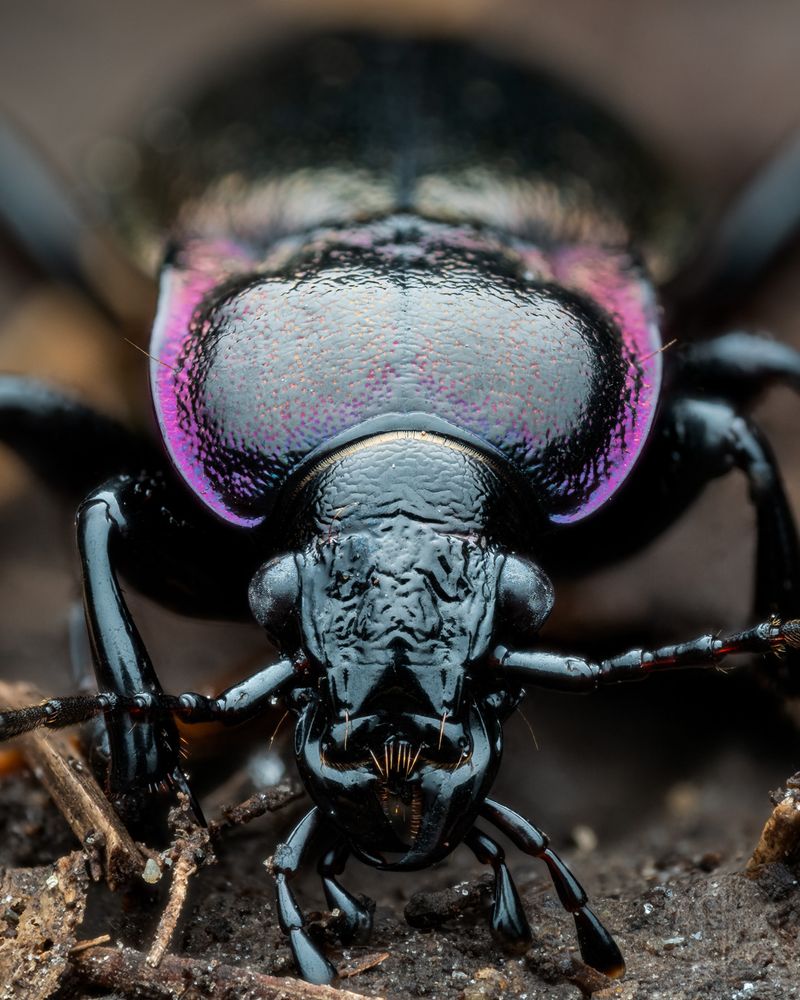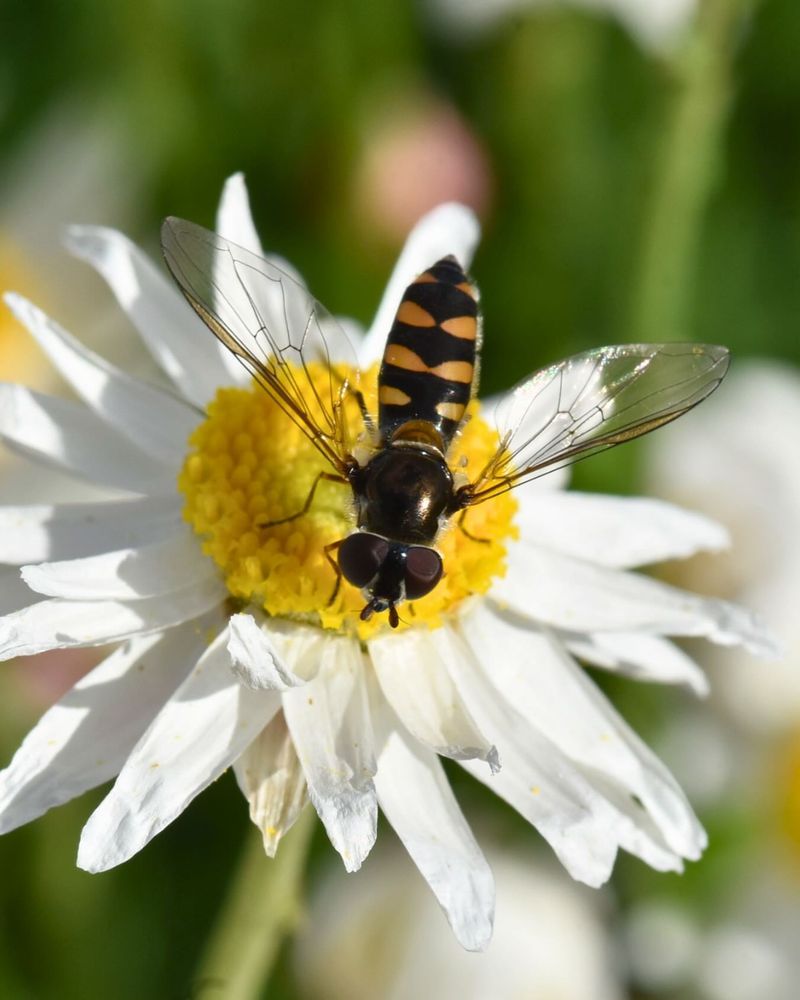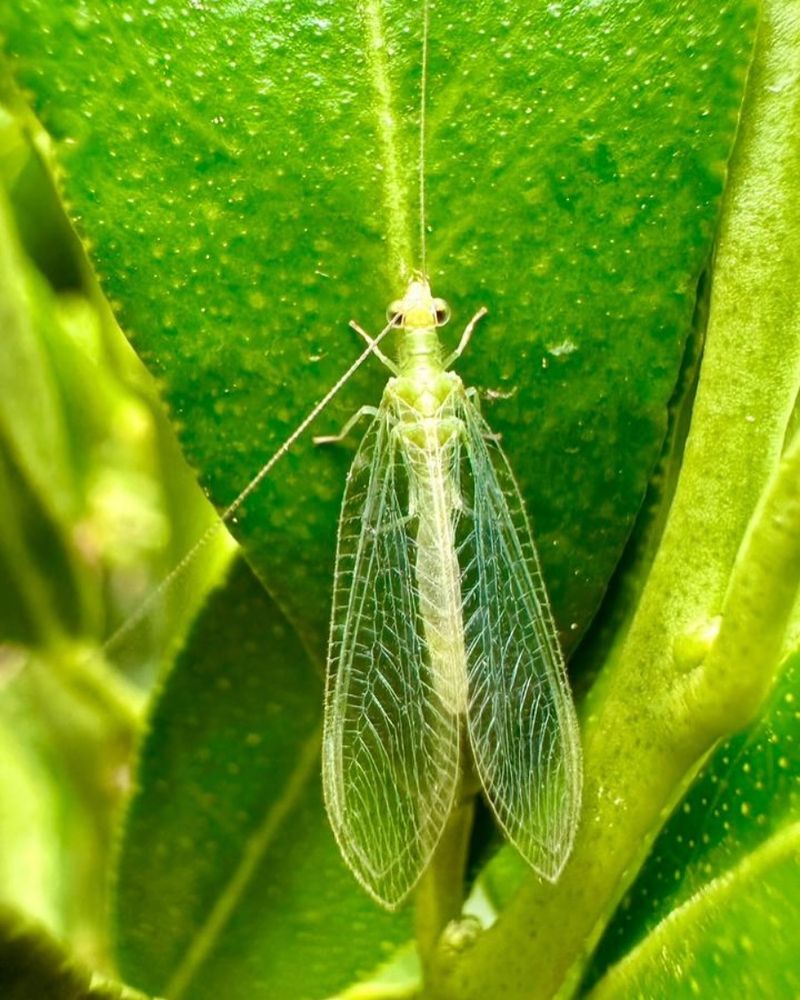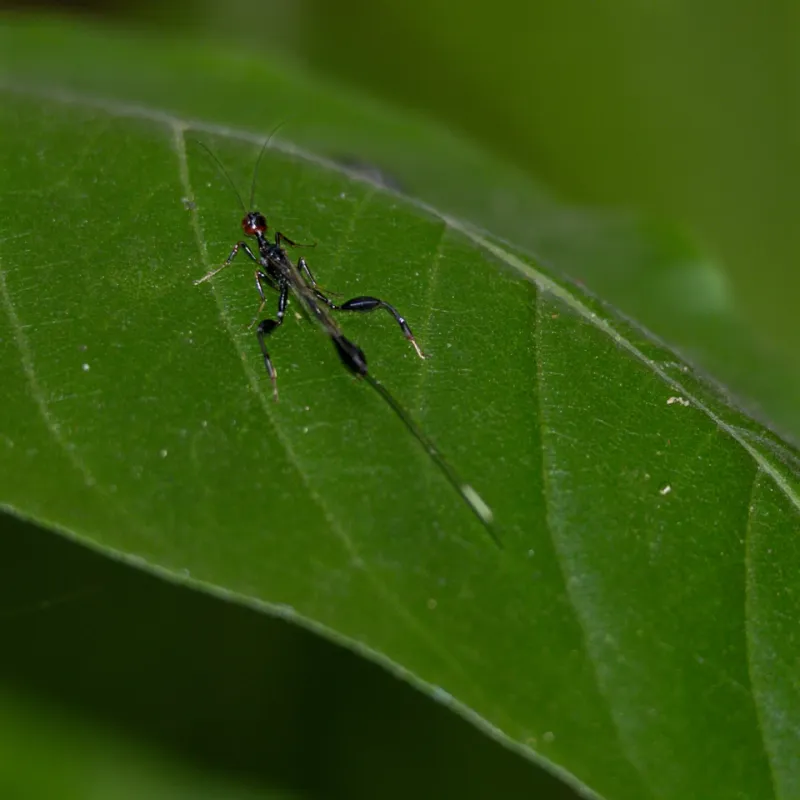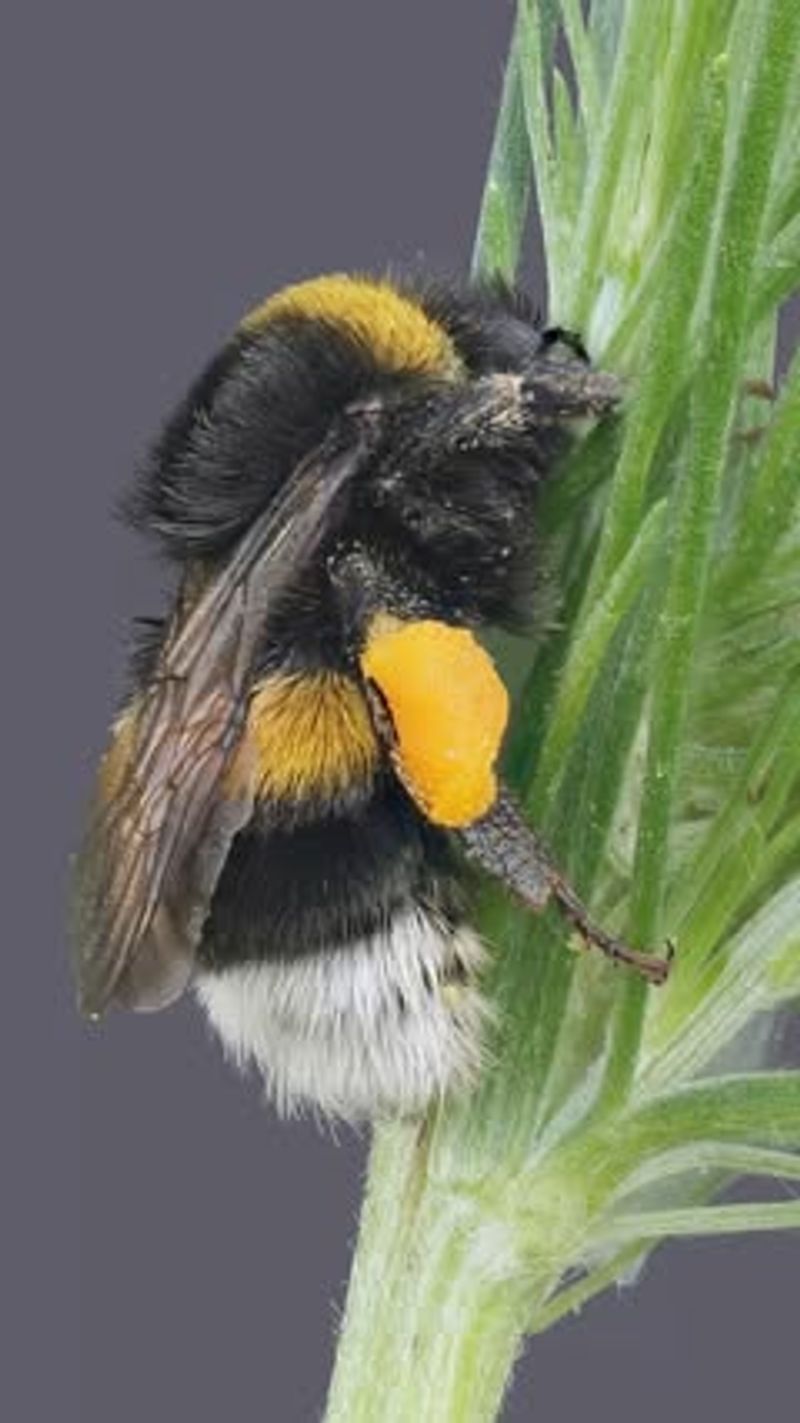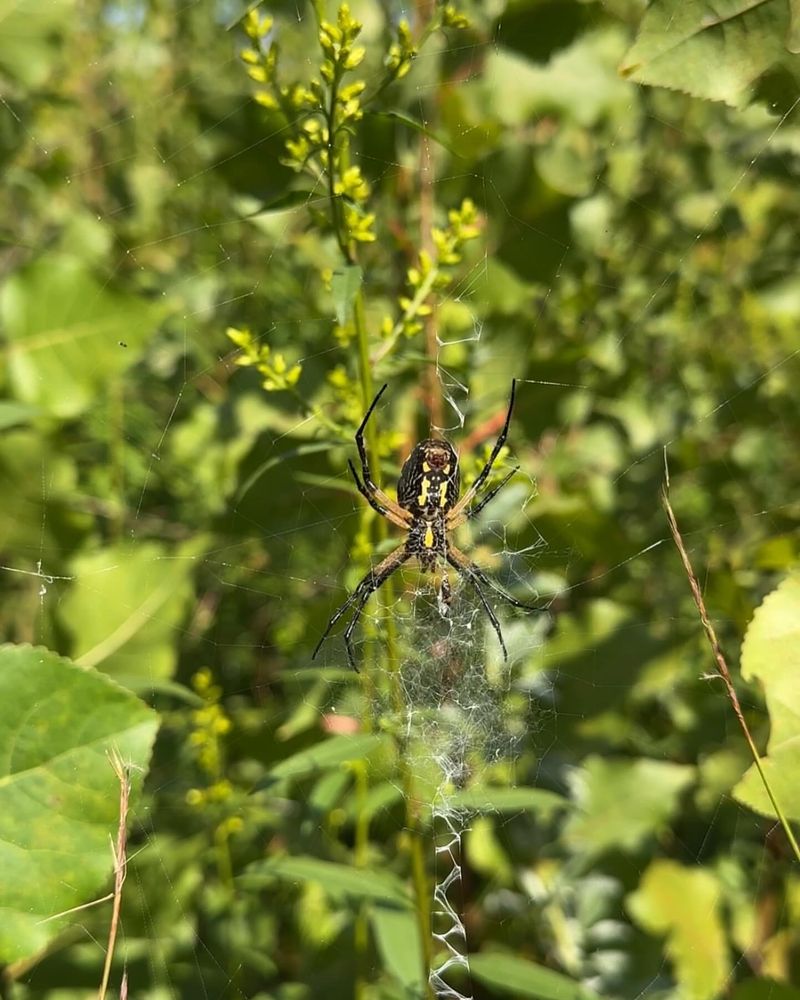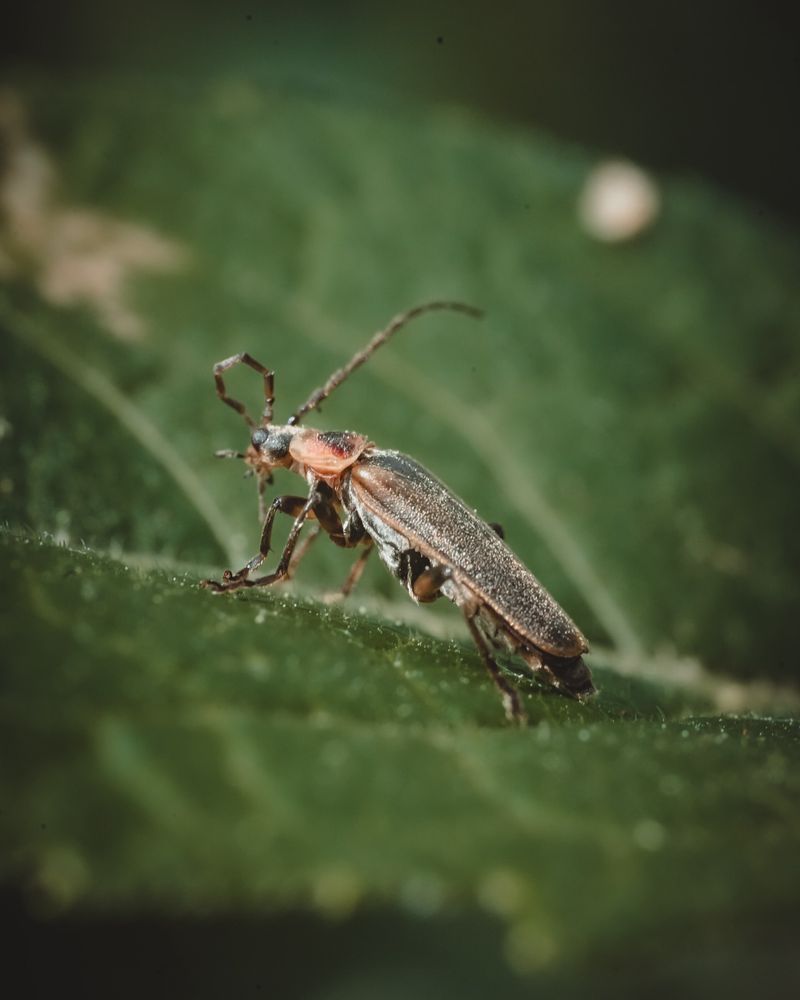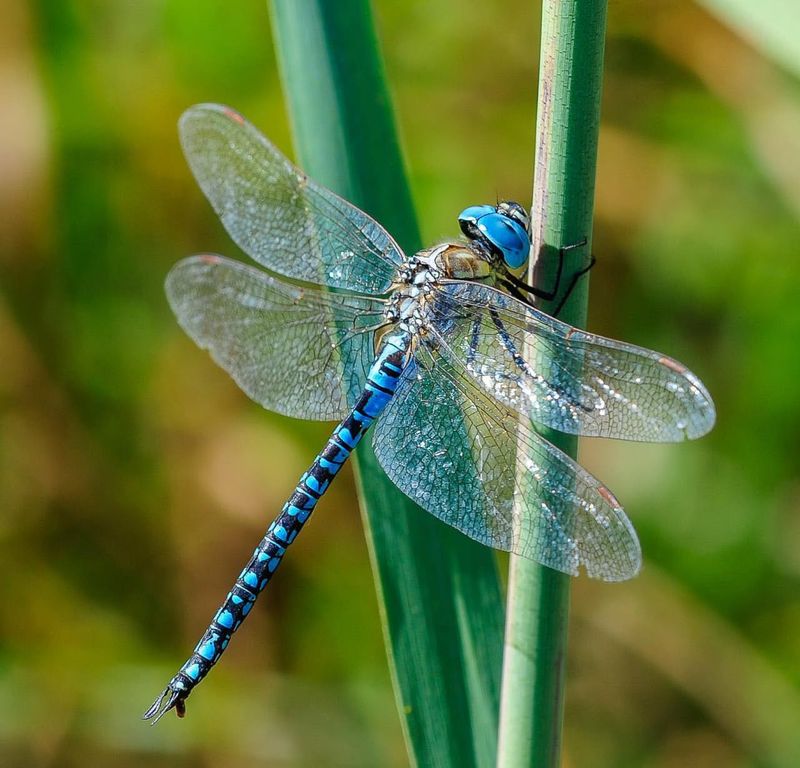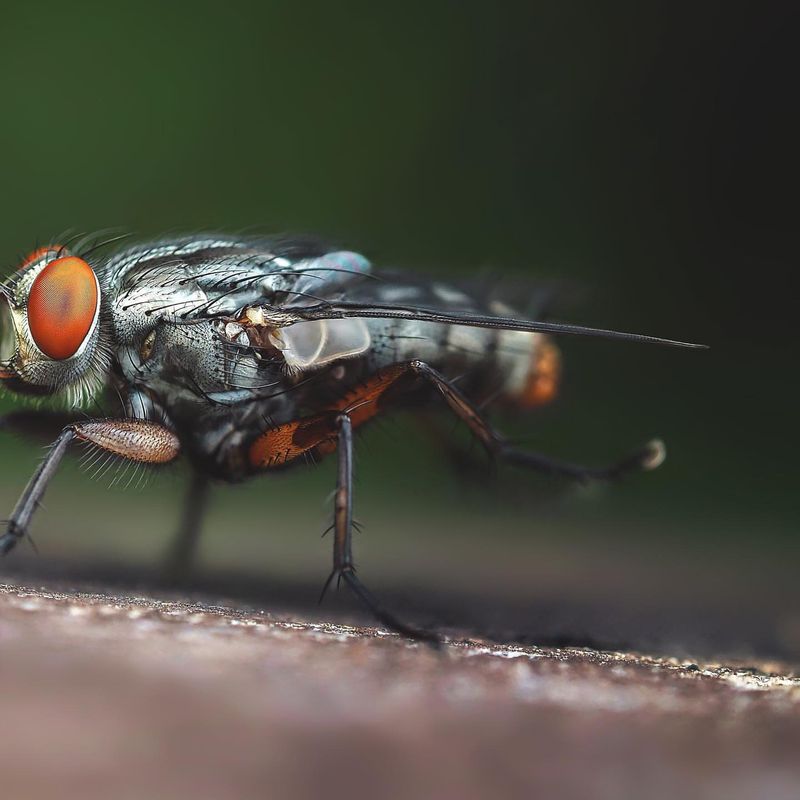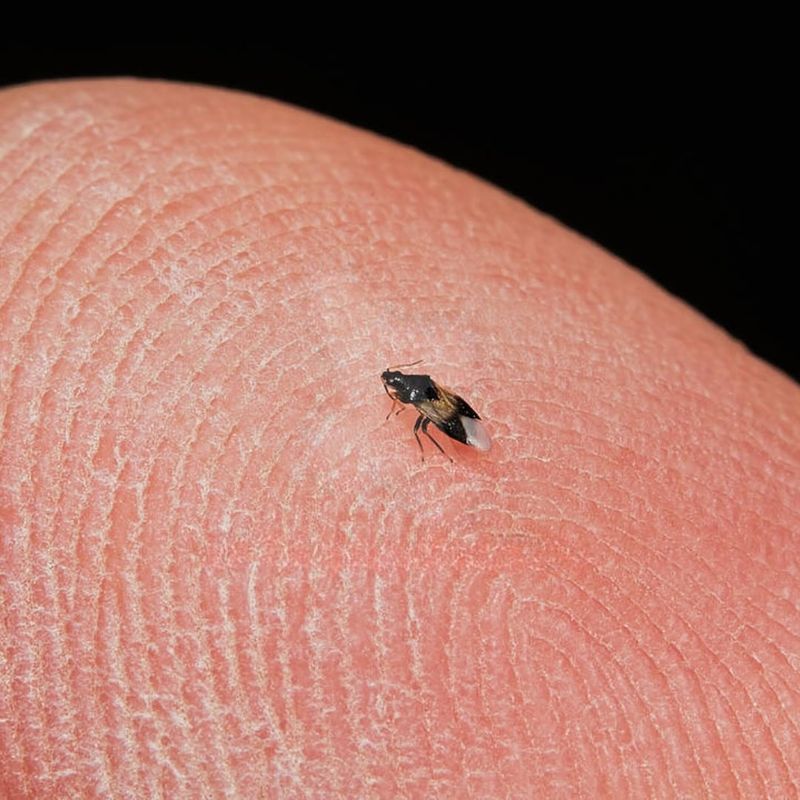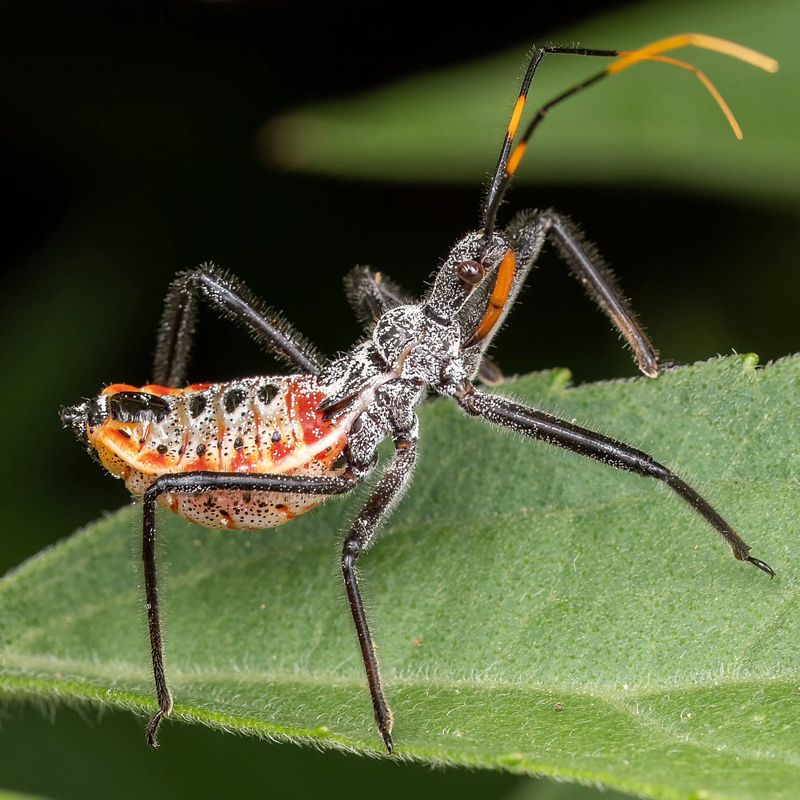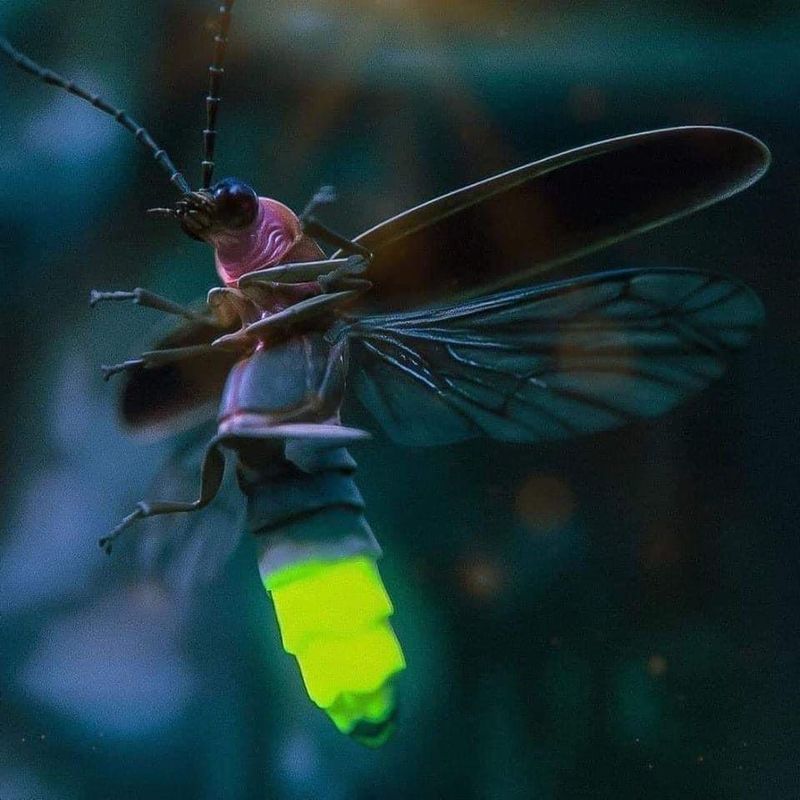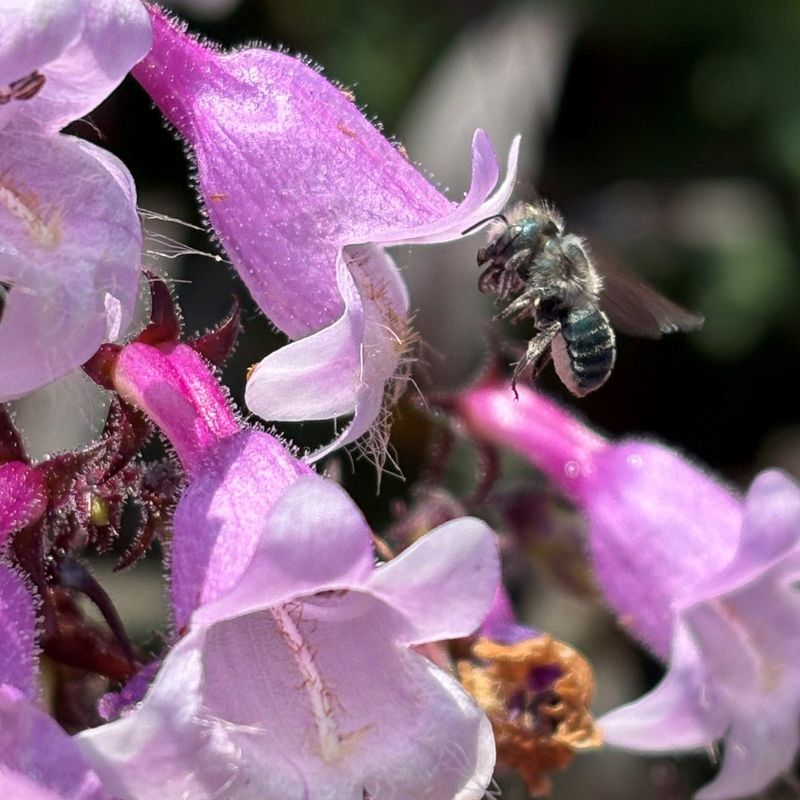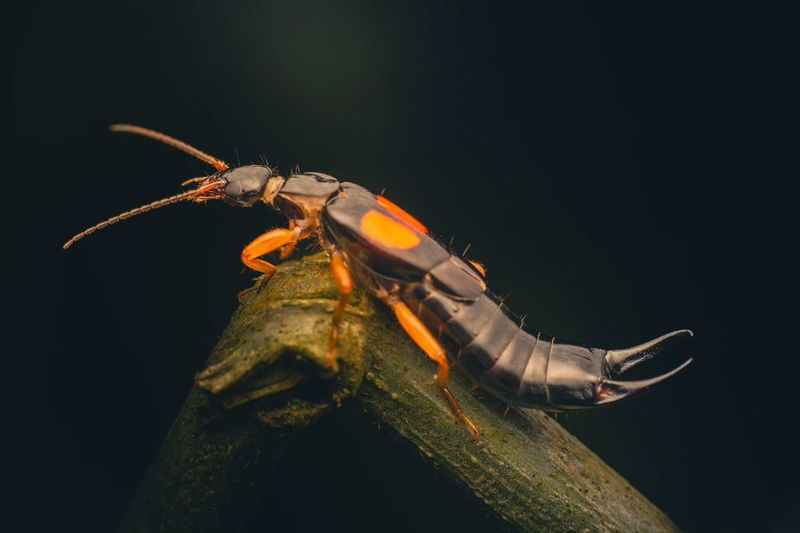I used to think bugs in the garden were a bad thing—until I realized some are actually helping more than I ever expected. These tiny visitors pollinate, protect, and keep everything in balance, even if they don’t always look friendly.
Over the years, I’ve learned to spot the 17 bugs that mean your garden is healthy and thriving. Some are well-known helpers, while others work their magic quietly.
If you’re seeing these little guys around, give yourself a gardening high five!
1. Ladybugs
Spotted red shells with black dots signal a natural pest control army has arrived! Ladybugs feast on aphids, mealybugs, and other soft-bodied pests that damage plants.
A single ladybug can devour up to 5,000 aphids in its lifetime. Their presence means your garden has enough food for them but isn’t overrun with pests – a perfect ecological balance.
2. Honeybees
Fuzzy yellow and black striped workers buzzing from flower to flower are garden gold. Without their pollination services, many plants couldn’t produce fruits or vegetables.
Gardens that attract honeybees typically have diverse flowering plants and are free from harmful chemicals. Their presence indicates your space supports crucial pollinators and contributes to local food systems.
3. Praying Mantis
Looking like aliens with their triangle heads and folded front legs, these predators are gardeners’ allies. Mantises hunt various pests including caterpillars, beetles, and even other mantises!
Patient hunters, they blend with plants and strike with lightning speed. Finding one means your garden has enough biodiversity to support these fascinating predators without harmful pesticides disrupting the food chain.
4. Ground Beetles
Shiny black armored tanks scurrying through soil are nature’s cleanup crew. These nocturnal hunters consume slugs, snails, cutworms and other ground-dwelling pests that damage young plants.
Gardens with healthy soil, mulch, and ground cover attract these beneficial beetles. Their presence indicates your garden offers good habitat with minimal soil disturbance – exactly what sustainable gardens need.
5. Hoverflies
Often mistaken for bees with their yellow and black stripes, these harmless flies are pollination powerhouses. Adult hoverflies visit flowers while their larvae devour aphids by the hundreds.
Their dual benefits make them especially valuable garden visitors. Seeing these helicopter-like fliers hovering around your plants means you’ve created an environment that supports both life stages of these remarkable insects.
6. Lacewings
Delicate green or brown insects with transparent, veiny wings that shimmer in sunlight are garden superheroes. Their larvae, called aphid lions, voraciously hunt aphids, mealybugs, and small caterpillars.
Adult lacewings feed on nectar and pollen, helping with pollination. Finding these elegant insects means your garden supports beneficial predators throughout their life cycle – a sign of excellent ecological balance.
7. Parasitic Wasps
Tiny non-stinging wasps might go unnoticed, but their impact is enormous. These specialized hunters lay eggs inside pest insects, controlling caterpillars, aphids, and other destructive bugs from the inside out.
Most are so small you’ll rarely spot them working. Their presence indicates your garden has minimal pesticide use and supports complex predator-prey relationships – hallmarks of a thriving ecosystem.
8. Bumblebees
Plump, fuzzy pollinators with a distinctive buzz are among the most efficient garden helpers. Their ability to “buzz pollinate” by vibrating their bodies makes them essential for tomatoes, peppers, and many other plants.
Unlike honeybees, they work in cool, cloudy weather and can access differently shaped flowers. Their presence indicates your garden offers diverse, pesticide-free flowering plants throughout the growing season.
9. Spiders
Web-spinning architects throughout your garden create nature’s most effective pest control system. Different spider species target various flying and crawling insects, maintaining balance without chemicals.
Garden spiders rarely harm humans but capture mosquitoes, flies, and many plant-damaging pests. Their presence signals a healthy ecosystem with multiple predator-prey relationships – exactly what successful organic gardeners strive to create.
10. Soldier Beetles
Narrow-bodied beetles with soft wing covers and orange-red coloration are dual-purpose helpers. Adults pollinate flowers while hunting aphids and other soft-bodied pests on plant stems and leaves.
Sometimes called leather wings, these beneficial insects indicate your garden supports predators that help maintain pest populations at manageable levels. Their presence suggests you’ve created habitat that supports the complete life cycle of helpful insects.
11. Dragonflies
Iridescent aerial acrobats zooming around your garden are mosquito-hunting machines. These prehistoric-looking insects can consume hundreds of mosquitoes and other small flying insects daily.
Their presence indicates your garden is part of a healthy ecosystem that includes water sources nearby. Dragonflies symbolize good water quality and balanced insect populations – signs you’re gardening in harmony with nature.
12. Tachinid Flies
Bristly flies that resemble overgrown house flies are actually parasitic pest controllers. They lay eggs on or inside caterpillars, Japanese beetles, and other garden pests, controlling populations from within.
Adult tachinid flies visit flowers for nectar, providing minor pollination services. Their presence indicates your garden supports complex biological control mechanisms – a sophisticated ecological system functioning without chemical interventions.
13. Minute Pirate Bugs
Tiny black insects with white markings might look insignificant but pack a predatory punch. These aggressive hunters feed on thrips, spider mites, and insect eggs too small for larger predators to target.
Despite measuring only 1/5 inch long, they consume around 30 spider mites daily. Their presence indicates your garden maintains ecological balance at even the smallest scales – truly sophisticated pest management.
14. Assassin Bugs
Armed with needle-like mouthparts and patience, these ambush predators are garden guardians. They hunt caterpillars, beetles, and other insects that would otherwise damage your plants.
Their diverse family includes many specialized hunters for different garden zones. While they can deliver a painful bite if handled, their presence indicates your garden supports top predators in the insect world – a sign of excellent ecological health.
15. Fireflies
Evening light shows from these bioluminescent beetles mean your garden supports magical nighttime helpers. Firefly larvae hunt slugs, snails, and other soft-bodied pests in soil and mulch.
Adult fireflies feed on nectar or other insects depending on species. Their declining populations make their presence especially significant – evidence your garden provides habitat free from excessive artificial light and pesticides.
16. Mason Bees
Metallic blue-black solitary bees darting between flowers are pollination specialists. These non-aggressive bees can pollinate 100 times more efficiently than honeybees, especially for fruit trees and berries.
Unlike honeybees, they nest in small holes rather than hives. Their presence indicates your garden provides both forage and nesting habitat – signs you’ve created a truly bee-friendly environment.
17. Earwigs
Despite their fearsome appearance with rear pincers, these nocturnal insects are misunderstood garden allies. They consume decaying plant material and hunt aphids, mites, and insect eggs under cover of darkness.
While they occasionally nibble tender plants, their benefits typically outweigh drawbacks. Their presence indicates your garden has healthy soil with adequate moisture and organic matter – foundations of sustainable gardening.

